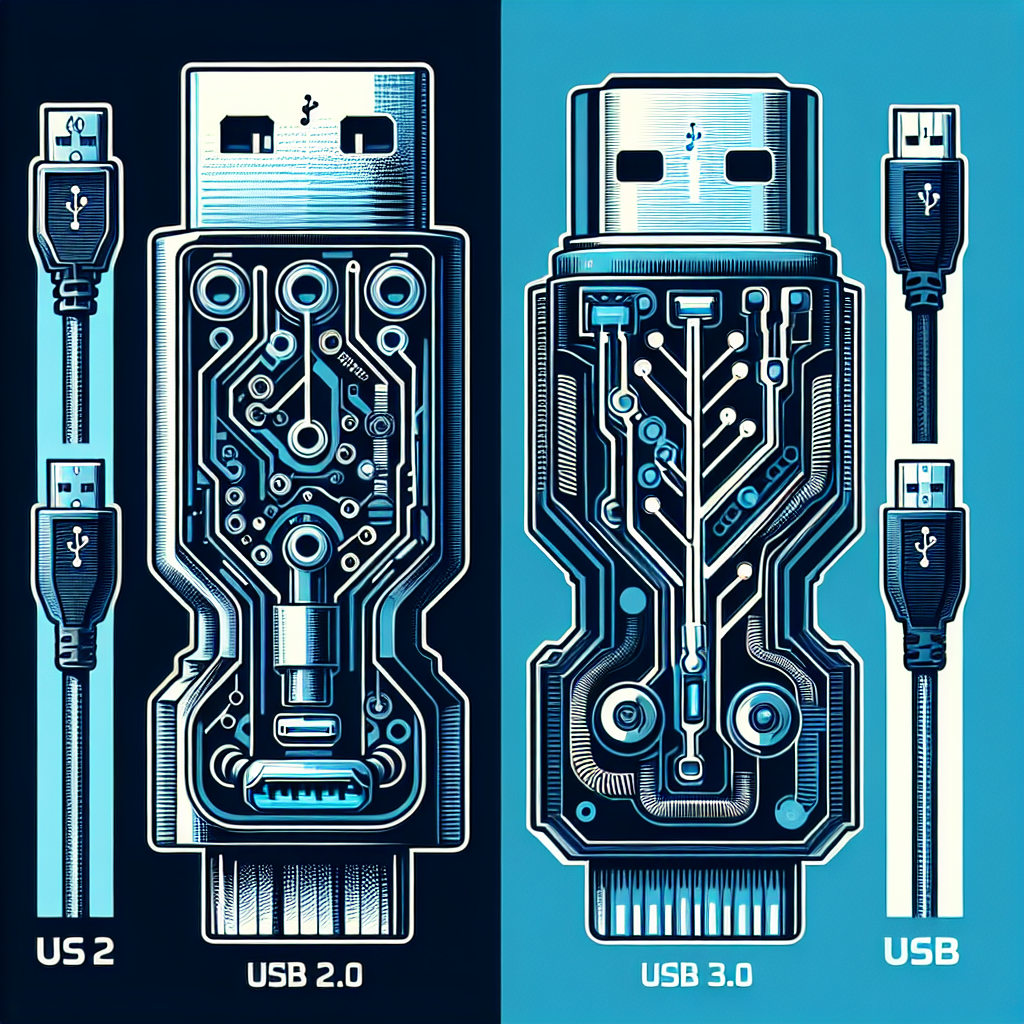Your cart is currently empty!
From USB 2.0 to USB 3.0: What’s New and Improved

The evolution of technology is constantly changing and improving, and one area that has seen significant advancements in recent years is USB technology. From the introduction of USB 2.0 to the latest USB 3.0, there have been notable improvements in speed, power efficiency, and overall performance.
USB 2.0, which was introduced in 2000, was a major upgrade from its predecessor, USB 1.1. It offered faster data transfer speeds of up to 480 Mbps, making it ideal for connecting peripherals such as printers, scanners, and external hard drives. However, as technology continued to advance, the need for even faster data transfer speeds became apparent.
Enter USB 3.0, which was released in 2008. This new version of USB brought with it significant improvements in speed, with data transfer rates of up to 5 Gbps – ten times faster than USB 2.0. This increased speed has made USB 3.0 the go-to choice for connecting high-speed devices such as external solid-state drives and high-resolution webcams.
In addition to faster data transfer speeds, USB 3.0 also introduced improved power efficiency. Devices connected via USB 3.0 are able to draw more power from the port, allowing for faster charging of smartphones, tablets, and other devices. This is especially beneficial for users who are constantly on the go and need to quickly charge their devices.
Another key improvement with USB 3.0 is its backward compatibility with USB 2.0 devices. This means that users can still connect their older devices to a USB 3.0 port without any issues, although they may not benefit from the faster data transfer speeds. This backward compatibility ensures that users do not need to replace all of their existing devices in order to take advantage of the benefits of USB 3.0.
Overall, the transition from USB 2.0 to USB 3.0 has brought about significant improvements in speed, power efficiency, and overall performance. As technology continues to advance, it is likely that we will see even faster and more efficient versions of USB in the future. So, if you are in need of faster data transfer speeds and improved power efficiency, consider making the switch to USB 3.0 for all of your connectivity needs.

Leave a Reply